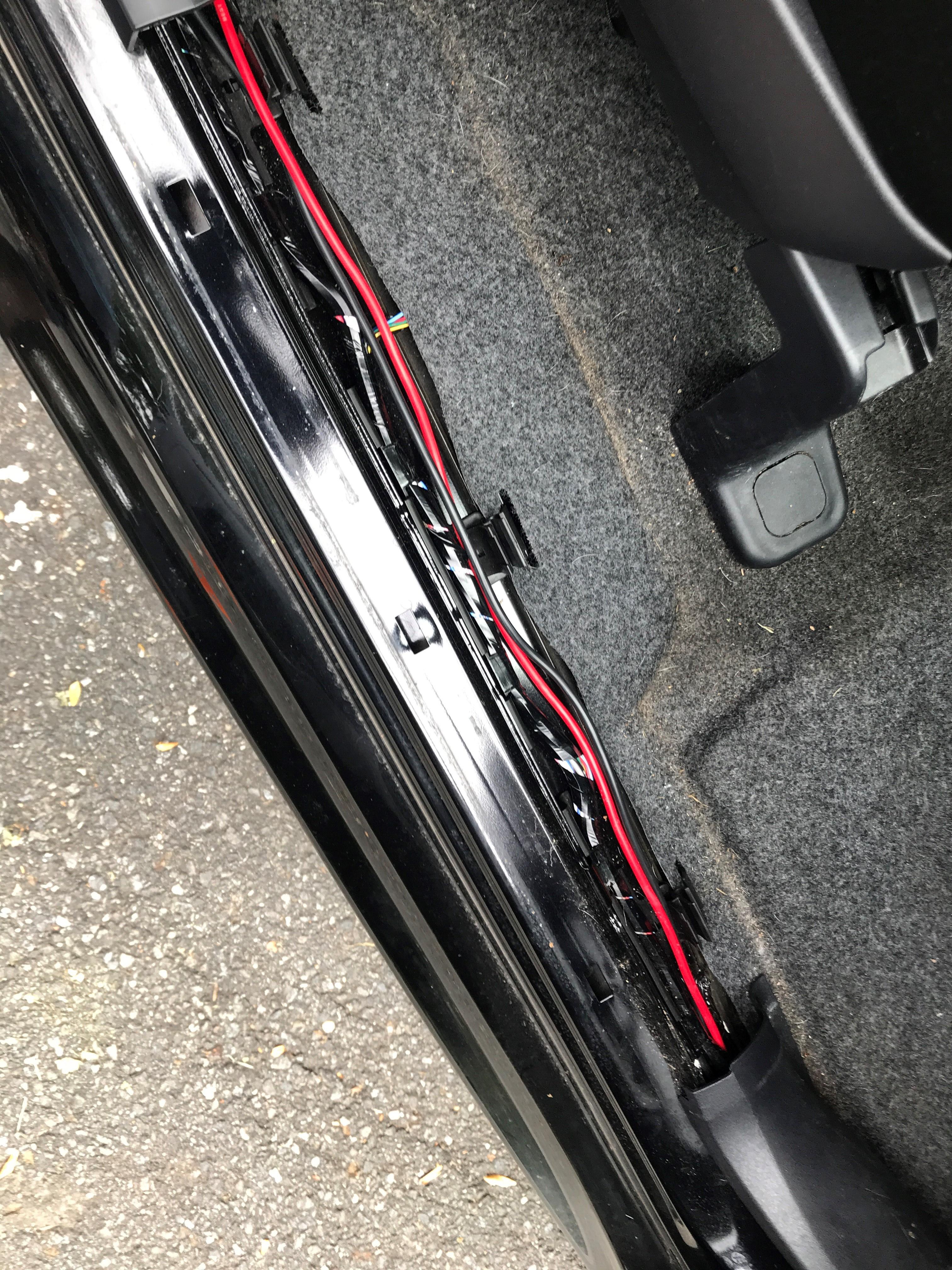bradleydavidgood777
Well-known member
Hi,
I've been thinking of wiring an always on lighter port from the battery terminals (or positive battery terminal and vehicle ground nearby), to the center console area. I would then be able to charge some kind of battery that accepts 12v input. Also, I can use the lighter when the car is off, or charge a phone while the car is off.
Also, when the car is in Ready mode, I still like the idea of being directly connected to the battery with my chosen thickness of cable - like if I were to run something larger - and maybe run something 120v that is plugged into the battery bank while the battery bank is being charged by the 12v lighter socket to the 12v battery in the front of the car. This puts a cheap piece of equipment between a load and the car battery that would have it's own breaker and such.
I realize that I would have to be careful not to drain the 12v battery. I would probably hook up some kind of timer...have to think about that one.
Question: If the car is plugged in charging, and I'm trickling the 12v battery directly, I'm under the impression that the car will not top off the 12v battery until the car is in Ready mode. Correct?
I really would love if it did. That way I could charge the car and the portable battery bank for free at my spot.
Even if it can't, I like the idea of charging the portable battery bank during the day and leaving work with a full car and full battery bank that I can take home and run stuff on at night for free.
Thoughts on this?
Also, does anyone have suggestions for the route of the cable from the battery area through the "firewall"?
Thanks
I've been thinking of wiring an always on lighter port from the battery terminals (or positive battery terminal and vehicle ground nearby), to the center console area. I would then be able to charge some kind of battery that accepts 12v input. Also, I can use the lighter when the car is off, or charge a phone while the car is off.
Also, when the car is in Ready mode, I still like the idea of being directly connected to the battery with my chosen thickness of cable - like if I were to run something larger - and maybe run something 120v that is plugged into the battery bank while the battery bank is being charged by the 12v lighter socket to the 12v battery in the front of the car. This puts a cheap piece of equipment between a load and the car battery that would have it's own breaker and such.
I realize that I would have to be careful not to drain the 12v battery. I would probably hook up some kind of timer...have to think about that one.
Question: If the car is plugged in charging, and I'm trickling the 12v battery directly, I'm under the impression that the car will not top off the 12v battery until the car is in Ready mode. Correct?
I really would love if it did. That way I could charge the car and the portable battery bank for free at my spot.
Even if it can't, I like the idea of charging the portable battery bank during the day and leaving work with a full car and full battery bank that I can take home and run stuff on at night for free.
Thoughts on this?
Also, does anyone have suggestions for the route of the cable from the battery area through the "firewall"?
Thanks













































